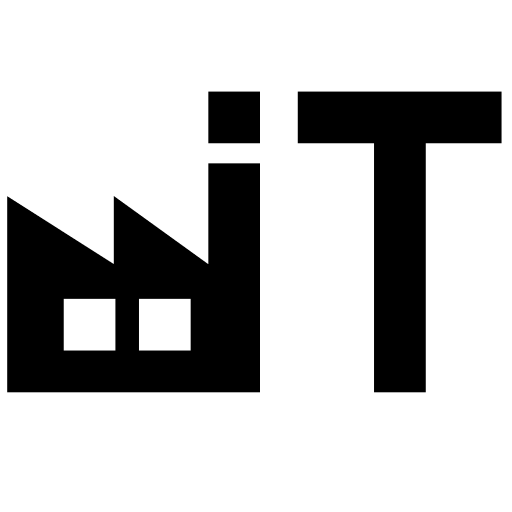A Standard Operating Procedure (SOP) is a crucial document that ensures consistency, efficiency, and compliance in any business process. However, creating a well-structured SOP requires careful planning and detail. To help you develop effective procedures, we’ve compiled a comprehensive checklist outlining the essential elements every SOP should include.
1. Title and Purpose
Every SOP should start with a clear title that defines the process it covers. Follow this with a brief description explaining why the SOP exists, its objectives, and how it contributes to operational efficiency and compliance.
2. Scope and Applicability
Define the scope of the SOP, including the departments, teams, or individuals responsible for its execution. Specify the applicability to ensure it is used by the correct personnel in the appropriate scenarios.
3. Roles and Responsibilities
List the roles involved in the procedure and outline their responsibilities. This section clarifies who is accountable for each step and ensures a smooth workflow.
4. Required Materials and Tools
Identify all the necessary equipment, software, or materials required to complete the procedure efficiently. Providing this information reduces delays and enhances productivity.
5. Step-by-Step Instructions
The core of an SOP is a detailed, sequential guide outlining each step of the process. Ensure:
- Steps are concise, clear, and logically structured.
- The use of active language and bullet points for readability.
- Visual aids, such as flowcharts, screenshots, or videos, to enhance understanding.
6. Safety and Compliance Guidelines
Include any safety precautions, regulatory requirements, or compliance standards relevant to the procedure. This is particularly critical for industries with strict operational regulations.
7. Troubleshooting and FAQs
Anticipate common issues that may arise during the process and provide troubleshooting tips or FAQs. This section helps users resolve problems independently and ensures continuity in operations.
8. Review and Approval Process
Specify the review process, including who is responsible for approving the SOP before implementation. Regular updates and audits should also be scheduled to maintain accuracy and relevance.
9. Version Control and Documentation
Keep a record of SOP revisions with version numbers, dates, and modification details. Maintaining a documented history ensures transparency and traceability.
10. Accessibility and Training
Ensure the SOP is easily accessible to relevant personnel via a digital platform. Provide training sessions if needed to familiarize employees with the procedure and its correct execution.
Conclusion
A well-crafted Standard Operating Procedure enhances efficiency, ensures compliance, and reduces errors in any organization. By following this checklist, you can develop clear, effective SOPs that streamline operations and empower your team.
Want to simplify SOP management? Explore how Work Instruction App can help digitize and optimize your SOPs effortlessly!

